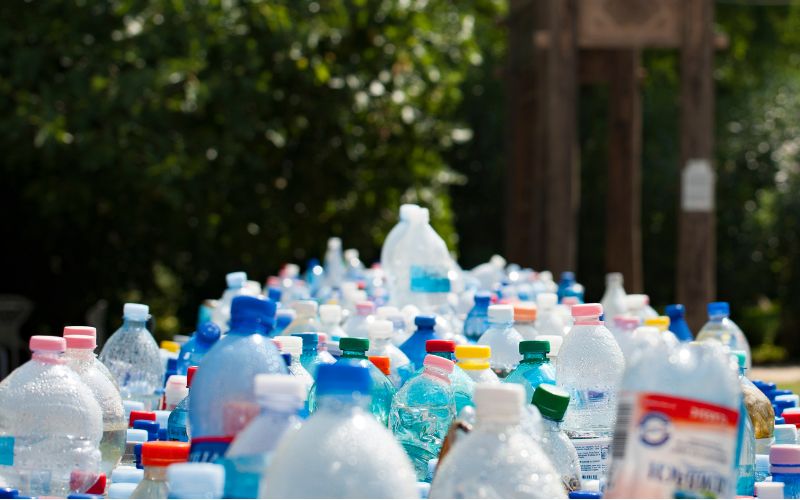Plastics often get a bad rap due to their association with pollution and waste. However, not all plastics are created equal, and many play crucial roles in various industries, enhancing performance, safety, and sustainability. These high-performance plastics are essential in fields like healthcare, aerospace, automotive, and renewable energy, demonstrating that plastics can indeed be “good” when used appropriately and responsibly. Here’s an exploration of how high-performance plastics are making a positive impact in essential applications.
Healthcare and Medical Devices
Medical Equipment and Devices
Plastics are indispensable in healthcare, where they are used to manufacture a wide range of medical devices and equipment. From syringes and intravenous bags to surgical instruments and prosthetics, plastics offer durability, flexibility, and sterility that are critical for patient care. Medical-grade plastics, such as polycarbonate, polyethylene, and polypropylene, are lightweight, resistant to chemicals, and easily sterilized, ensuring they meet stringent health and safety standards.
Advanced Medical Applications
High-performance plastics are also pivotal in more advanced medical applications, such as implants and prosthetics. Biocompatible plastics like PEEK (polyether ether ketone) are used in spinal implants and joint replacements due to their strength, flexibility, and compatibility with the human body. Additionally, plastic materials are used in innovative drug delivery systems and minimally invasive surgical tools, improving patient outcomes and reducing recovery times.
Aerospace and Aviation
Lightweight and Durable Components
In the aerospace industry, the demand for lightweight and durable materials is paramount. High-performance plastics such as PEEK, polyimide, and PPS (polyphenylene sulfide) are used in the manufacture of aircraft components, including interior panels, fuel system parts, and insulation. These materials help reduce the overall weight of the aircraft, leading to improved fuel efficiency and lower emissions.
Safety and Performance
Plastics in aerospace applications must also meet rigorous safety and performance standards. High-performance polymers are chosen for their resistance to extreme temperatures, chemicals, and mechanical stress. This ensures that aircraft components remain reliable and safe throughout their service life, even under the most demanding conditions.
Automotive Industry
Fuel Efficiency and Emissions Reduction
The automotive industry is another sector where high-performance plastics are making a significant impact. Plastics like polycarbonate, ABS (acrylonitrile butadiene styrene), and nylon are used extensively in vehicle manufacturing. These materials contribute to lighter vehicles, which improves fuel efficiency and reduces greenhouse gas emissions. Lightweight plastic components, such as bumpers, dashboards, and fuel tanks, help automakers meet stringent environmental regulations while maintaining vehicle performance and safety.
Electric and Hybrid Vehicles
The rise of electric and hybrid vehicles has further highlighted the importance of high-performance plastics. These vehicles rely on advanced plastic materials for battery housings, electrical insulation, and lightweight body panels. Plastics not only enhance the performance and safety of electric vehicles but also contribute to their overall sustainability by improving energy efficiency and reducing the carbon footprint.
Renewable Energy
Solar Panels and Wind Turbines
Renewable energy technologies, such as solar and wind power, depend heavily on high-performance plastics. In solar panels, plastics like EVA (ethylene-vinyl acetate) are used as encapsulants to protect photovoltaic cells from environmental damage. Plastics also play a crucial role in the manufacture of wind turbine blades, where materials like epoxy resins and reinforced composites offer the necessary strength and durability to withstand harsh conditions.
Energy Storage Solutions
Plastics are also essential in the development of advanced energy storage solutions, such as batteries and fuel cells. High-performance polymers are used in battery casings, separators, and electrolytes, enhancing the efficiency, safety, and longevity of energy storage systems. This is particularly important for renewable energy integration, where efficient storage solutions are needed to balance supply and demand.
Conclusion
High-performance plastics are a testament to the versatility and essential role of plastic materials in modern society. Far from being mere pollutants, these advanced plastics contribute to critical industries by enhancing performance, safety, and sustainability. From healthcare and aerospace to automotive and renewable energy, high-performance plastics are indispensable in driving innovation and addressing some of the most pressing challenges of our time.
While it is crucial to address the environmental concerns associated with plastic waste, it is equally important to recognize and support the beneficial uses of high-performance plastics. By focusing on responsible use, recycling, and the development of sustainable alternatives, we can harness the full potential of these materials while minimizing their environmental impact. The future of high-performance plastics is bright, with ongoing advancements promising even greater contributions to essential applications and a more sustainable world.


